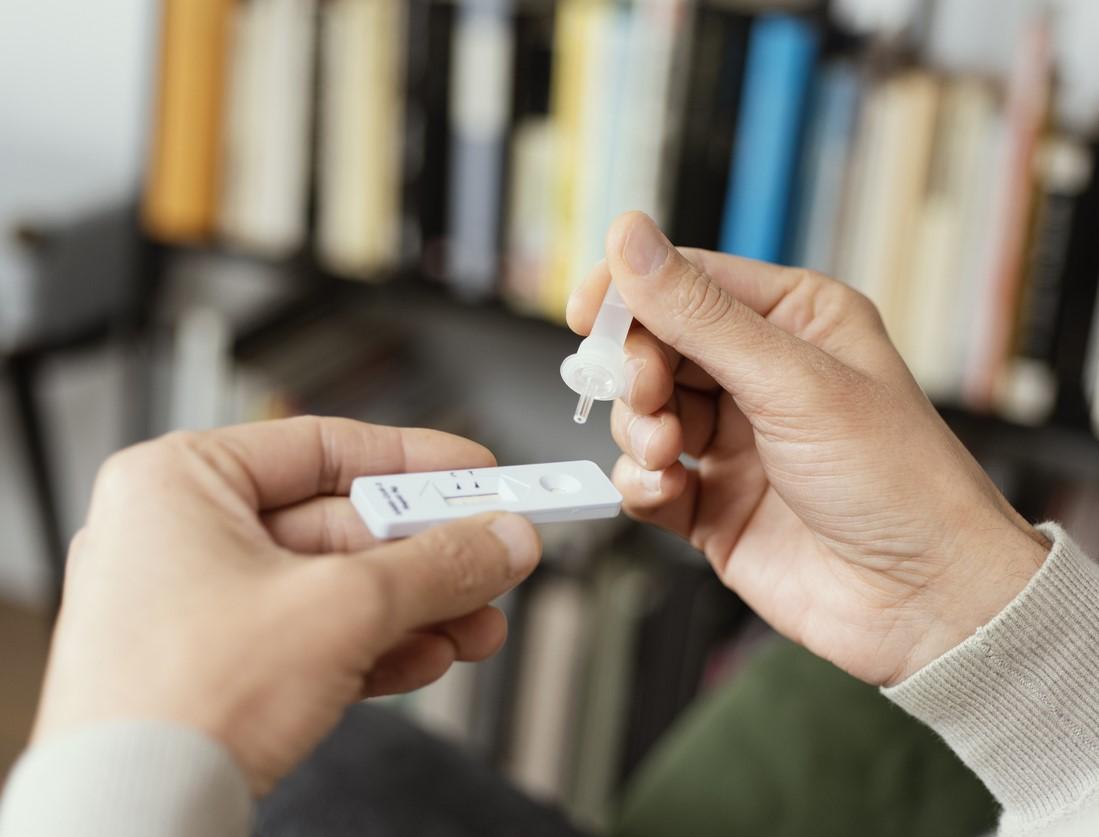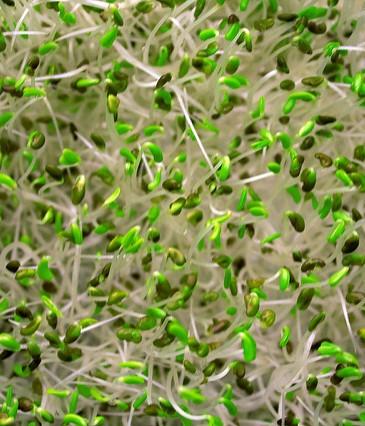
In a group of adults in the state of Georgia tested for both COVID-19 and influenza A, most of whom were vaccinated and/or previously infected, median SARS-CoV-2 viral loads peaked on the fourth day of symptoms, while flu loads peaked soon after symptom onset.
The authors of the study, published today in Clinical Infectious Diseases, say the findings have implications for the use of rapid antigen tests for COVID-19 and flu.
The Emory University-led team evaluated SARS-CoV-2 and influenza A viral loads relative to symptom duration in symptomatic patients aged 16 years and older tested for COVID-19 from April 2022 to April 2023, a period of Omicron variant predominance.
Median age among the 348 COVID-positive patients was 39.2 years, 65.5% were women, and 91.1% were vaccinated, previously infected, or both. Among the 74 influenza A-positive patients, the median age was 35.0 years, and 55.4% were women.
The researchers noted that early in the pandemic, viral loads peaked at the same time as symptom onset and then steadily decreased. At that time, the Food and Drug Administration approved rapid antigen test instructions directing symptomatic people to test only once in the first week of symptoms. In November 2022, the FDA amended the instructions, recommending repeat testing within 48 hours of an initial negative result.
Peak viral loads now peak days later
Median SARS-CoV-2 viral loads, as measured by polymerase chain reaction cycle threshold (Ct) and antigen concentrations, rose from symptom onset, peaking on the fourth or fifth day of symptoms. Estimated rapid antigen test sensitivity was 30.0% to 60.0% on the first day, 59.2% to 74.8% on the third, and 80.0% to 93.3% on the fourth.
Our data suggest that the relationship between SARS-CoV-2 Ct value distributions... and the timing of symptom onset in a highly immune population is very different than the relationship between these parameters observed early in the pandemic—a finding with major implications for testing practice going forward.
Median influenza viral loads among the 74 flu-positive patients peaked on the second day of symptoms.
"Our data suggest that the relationship between SARS-CoV-2 Ct value distributions (as a well-established proxy for viral load distributions) and the timing of symptom onset in a highly immune population is very different than the relationship between these parameters observed early in the pandemic—a finding with major implications for testing practice going forward," the researchers wrote.












